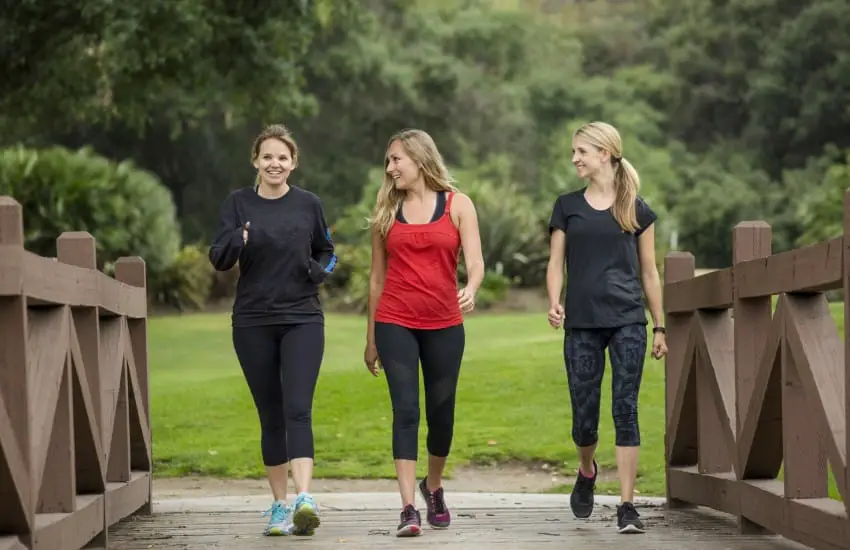How Common Is Butt Acne and What You Need to Know?
Butt acne is a condition that many individuals encounter, yet it remains a topic shrouded in mystery for beauticians and clients alike. As professionals, it is essential to understand how common is butt acne, the causes behind it, and effective methods to manage and prevent it. This article dives deep into butt acne, offering insights tailored for beauticians who wish to better cater to their clients needs.
Despite being commonly overlooked, butt acne can affect anyone. The occasional pimple or breakout can be embarrassing, especially when wearing swimsuits or tight clothing. Understanding the frequency and underlying factors of this skin condition can empower beauticians to offer sound advice. Lets explore this topic in detail.

Understanding Butt Acne: An Overview
Butt acne, scientifically known as folliculitis, occurs when hair follicles become inflamed. This inflammation can lead to the appearance of red bumps or pus-filled blisters on or around the buttocks. The skin in this area is heavy and often covered, which can contribute to clogged pores and inflammation. Many clients may be hesitant to bring it up, hence why it is essential for beauticians to be proactive in educating them about the signs and symptoms.
The Prevalence of Butt Acne
So, how common is butt acne? According to various studies and reports, butt acne affects a significant portion of the population. It is common among adolescents and young adults due to hormonal changes that increase oil production. However, it can persist into adulthood. Understanding the demographics can help beauticians recognize who may be more susceptible and offer tailored advice.
Additionally, factors such as poor hygiene, obesity, and skin irritants like tight clothing can exacerbate the condition. Beauticians should regularly assess their clients' lifestyles and habits to identify potential triggers.

Causes of Butt Acne
Recognizing the root causes of butt acne is crucial for both prevention and treatment. Here are some of the main contributors:
- Hormonal Changes: Fluctuations in hormones, particularly during puberty or menstruation, can increase oil production and clog pores.
- Friction: Excessive rubbing from clothing, especially tight attire, can irritate the skin and worsen acne symptoms.
- Poor Hygiene: Inadequate cleansing can lead to an accumulation of dirt and oil on the skin, creating an environment for bacteria to thrive.
- Overactive Sebaceous Glands: The buttocks have fewer oil glands than other body parts, yet overactivity still occurs, particularly in areas prone to chafing.
- Weather Conditions: Humid or warm climates can exacerbate acne due to increased sweating and bacteria production.
Signs and Symptoms to Look For
Beauticians should be familiar with the specific signs of butt acne, which include:
- Red or inflamed bumps on the buttocks.
- Pus-filled blisters or whiteheads.
- Itching or irritation in the affected area.
Clients might confuse butt acne with other skin issues like rashes or folliculitis. Recommend them to seek a professional dermatological assessment if they are uncertain.

Treatment and Prevention Strategies
When it comes to treating butt acne, there are several effective methods beauticians can recommend:
- Proper Hygiene: Advise clients to keep the area clean and dry. Regular cleansing with a salicylic acid body wash can help.
- Exfoliation: Gently exfoliating the skin can remove dead skin cells and reduce the likelihood of clogged pores. Products containing glycolic acid are often helpful.
- Avoiding Tight Clothing: Encourage clients to wear breathable, loose-fitting clothing to minimize friction and allow the skin to breathe.
- Using Targeted Treatments: Over-the-counter treatments containing benzoyl peroxide or salicylic acid can be recommended for spot treatments.
When to Consult a Professional
If the condition persists despite at-home treatment, clients should be encouraged to see a dermatologist. Severe cases may require prescription medication such as topical retinoids or antibiotics.

Internal Links to Consider
For further reading and resources, beauticians can refer to these links from our website:
FAQs about Butt Acne
1. How can I effectively prevent butt acne?
Maintaining proper hygiene, avoiding tight clothing, and regularly exfoliating the area can significantly reduce the chances of developing butt acne.
2. Are there any specific products recommended for butt acne?
Products containing salicylic acid or benzoyl peroxide are often effective for treating and preventing butt acne.
3. Is butt acne harmless?
While butt acne is typically harmless, persistent or severe cases can indicate a deeper skin issue that should be assessed by a dermatologist.
As an Amazon Associate, I earn from qualifying purchases.

